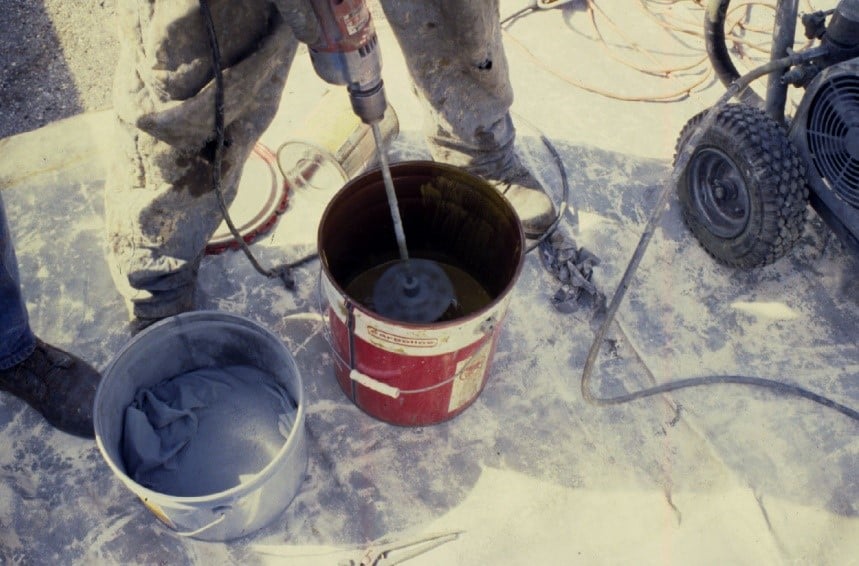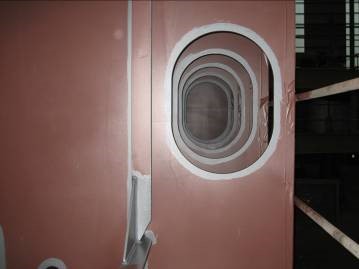Inorganic Zinc-Rich Primers vs. Organic Zinc-Rich Primers: What’s the Difference?
Before describing the difference between inorganic zinc-rich coatings and organic zinc-rich coatings, an explanation of galvanic protection is necessary. Zinc-rich coatings are used to protect steel substrates from corroding by employing some barrier protection but primarily sacrificial or cathodic protection. A corrosion cell contains four elements (oxygen is assumed to be present): anode, cathode, metallic […]
Inorganic Zinc-Rich Primers vs. Organic Zinc-Rich Primers: What’s the Difference? Read More »










